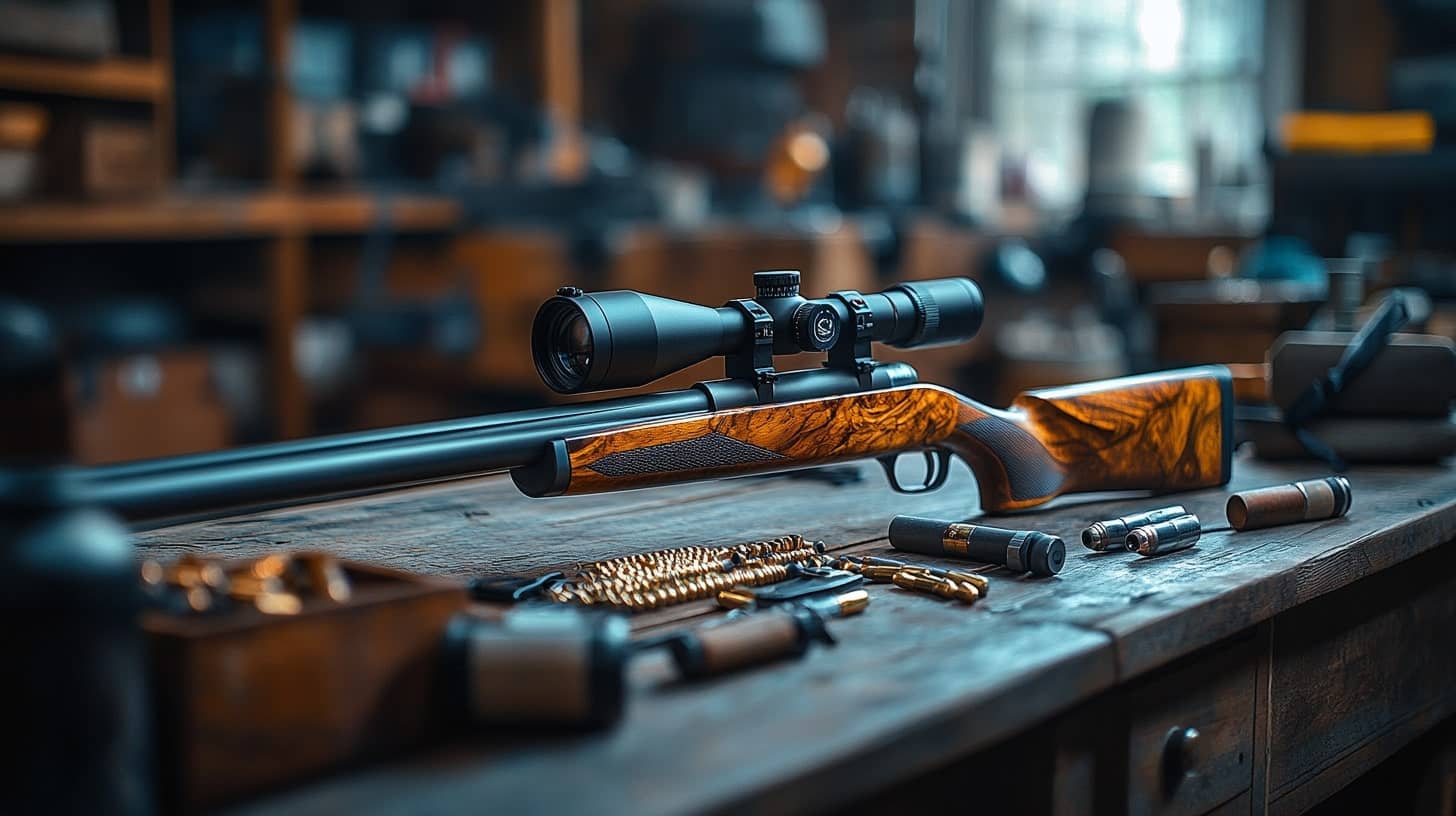Air rifles have come a long way since their inception, evolving from simple pellet shooters to highly sophisticated tools used for sport, hunting, and target shooting. But one question continues to fascinate enthusiasts and engineers alike: Could air rifles ever become fully automatic? While semi-automatic airguns are becoming more common, the leap to full automation presents unique technical and practical challenges. This article explores the possibility of automatic air rifles, the hurdles involved, and what their future might look like.
A Brief History of Air Rifles
To understand the feasibility of fully automatic air rifles, it’s essential to consider their origins. Air rifles date back to the 16th century, when they were used as alternatives to traditional firearms for hunting. Early models relied on spring mechanisms or pressurized air to propel pellets. Over time, advancements in materials, technology, and manufacturing led to more powerful and accurate designs.
In recent decades, the popularity of air rifles has surged, especially in regions where firearm ownership is restricted. Modern air rifles use pre-charged pneumatic (PCP) systems, CO₂ cartridges, or spring-piston mechanisms to generate propulsion. Semi-automatic air rifles have already become a reality, allowing for rapid firing without the need for manual reloading after each shot. But transitioning from semi-automatic to fully automatic firing remains a complex endeavor.
The Mechanics of Fully Automatic Air Rifles
At its core, a fully automatic air rifle would need to fire continuously as long as the trigger is held down. This requires precise synchronization between several key components:
- Air Supply System: A continuous and reliable air source is vital. PCP systems, which use compressed air stored in cylinders, are the most likely candidates for automation. However, maintaining consistent pressure over multiple shots in rapid succession is a significant challenge.
- Feeding Mechanism: Automatic air rifles would require an efficient pellet feeding system capable of cycling rounds smoothly and quickly. Magazine-fed designs are ideal but would need to be engineered for reliability at high firing rates.
- Trigger and Firing System: The trigger mechanism must allow for sustained firing while preventing jams or misfires. This requires precise engineering and high-quality materials to handle the stress of repeated use.
- Cooling and Durability: Rapid firing generates heat and wear, even in pneumatic systems. Materials must be chosen to withstand these stresses without degrading performance.
Challenges in Developing Fully Automatic Air Rifles
Several obstacles make the development of fully automatic air rifles particularly challenging:
- Air Consumption: Automatic firing consumes a significant amount of compressed air. Ensuring that a rifle can sustain rapid-fire without depleting its air reservoir too quickly is a major hurdle. Larger tanks or highly efficient systems would be needed.
- Accuracy: Firing multiple shots in quick succession can affect accuracy, especially in air rifles where pellet velocity and trajectory are heavily influenced by air pressure and barrel alignment.
- Legal and Regulatory Issues: Many jurisdictions have strict regulations governing the sale and use of automatic weapons, even if they are air-powered. Developers would need to navigate complex legal frameworks to make these rifles accessible.
- Cost: The engineering and materials required to produce a reliable automatic air rifle would likely make it significantly more expensive than semi-automatic or manual models.
- Practical Applications: While automatic air rifles might appeal to enthusiasts, their practical use cases could be limited. Hunting and target shooting typically prioritize precision over volume of fire.
Innovations Paving the Way
Despite these challenges, innovations in airgun technology are bringing us closer to the possibility of fully automatic air rifles:
- Advanced Regulators: New pressure-regulating systems are improving the consistency of air delivery, a crucial step toward automation.
- High-Capacity Magazines: Magazine designs capable of holding more pellets and cycling them smoothly are emerging in the market.
- Lightweight Materials: Carbon fiber and advanced polymers are making air rifles lighter and more durable, enabling them to handle the demands of automatic firing.
- Electro-Pneumatic Systems: Some manufacturers are experimenting with electronic triggers and firing mechanisms, which could enable faster cycling rates and better precision.
The Future of Automatic Air Rifles
So, what does the future hold for automatic air rifles? While fully automatic models may not yet be commercially available, the groundwork is being laid. As technology advances and demand grows, it’s conceivable that manufacturers will overcome the existing barriers. However, the development will likely focus on niche markets, such as enthusiasts, collectors, or competitive shooting events, rather than mass-market applications.
Potential innovations might include hybrid designs that combine manual, semi-automatic, and automatic modes, allowing users to switch between firing styles depending on their needs. Integration with smart technology, such as ballistic calculators and wireless connectivity, could also enhance the utility of these rifles.
Conclusion
The idea of fully automatic air rifles is no longer purely hypothetical. While there are significant technical, legal, and practical challenges to overcome, the rapid pace of innovation in pneumatic technology suggests that these firearms could become a reality in the coming years. For now, airgun enthusiasts can enjoy the growing variety of semi-automatic models, which offer a glimpse into the future of what might be possible.
As the industry continues to evolve, one thing is certain: air rifles will remain a fascinating and ever-improving segment of the shooting sports world. Whether you’re a hunter, collector, or target shooter, the possibility of automatic air rifles adds an exciting dimension to the future of pneumatic firearms.
